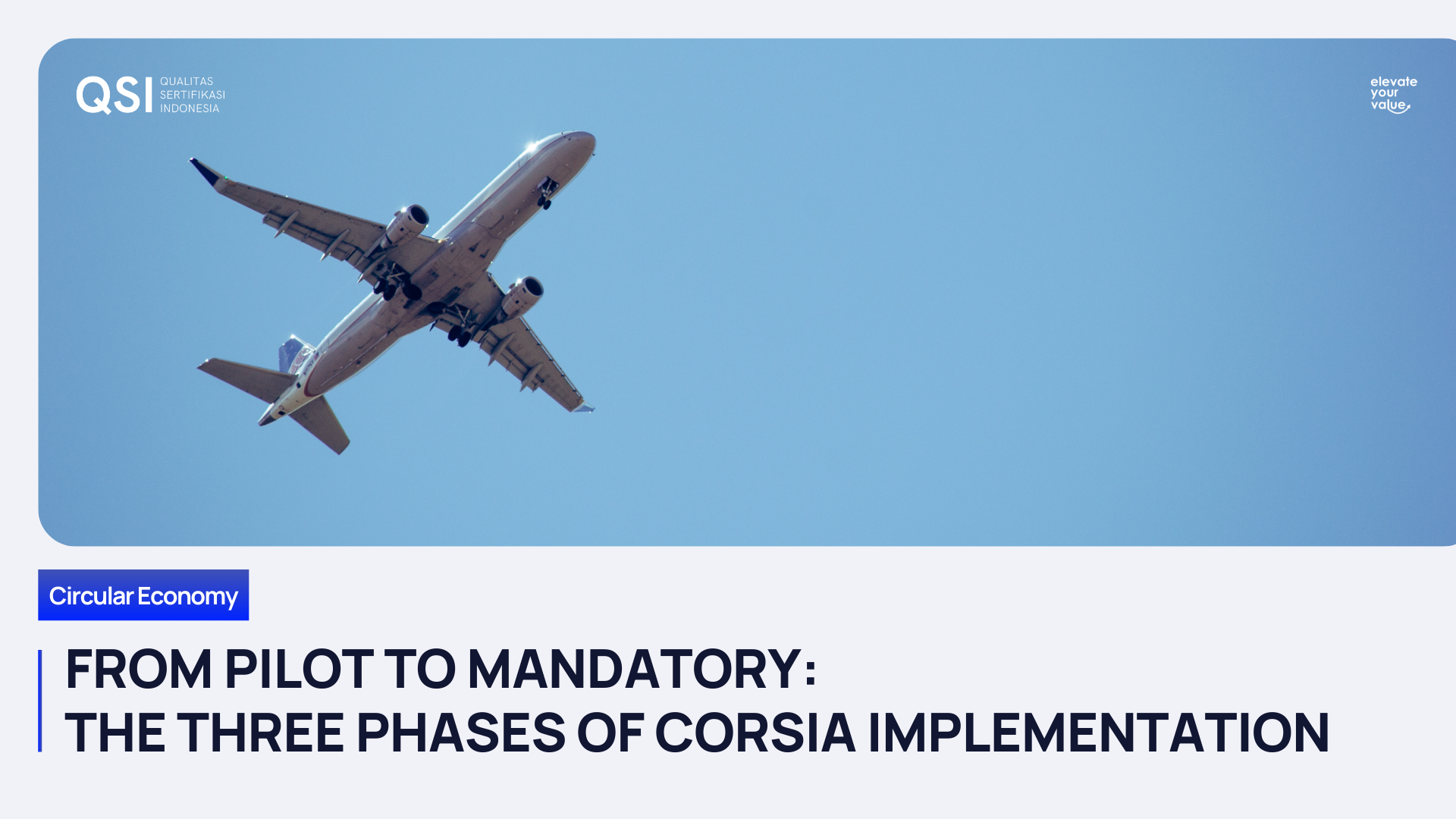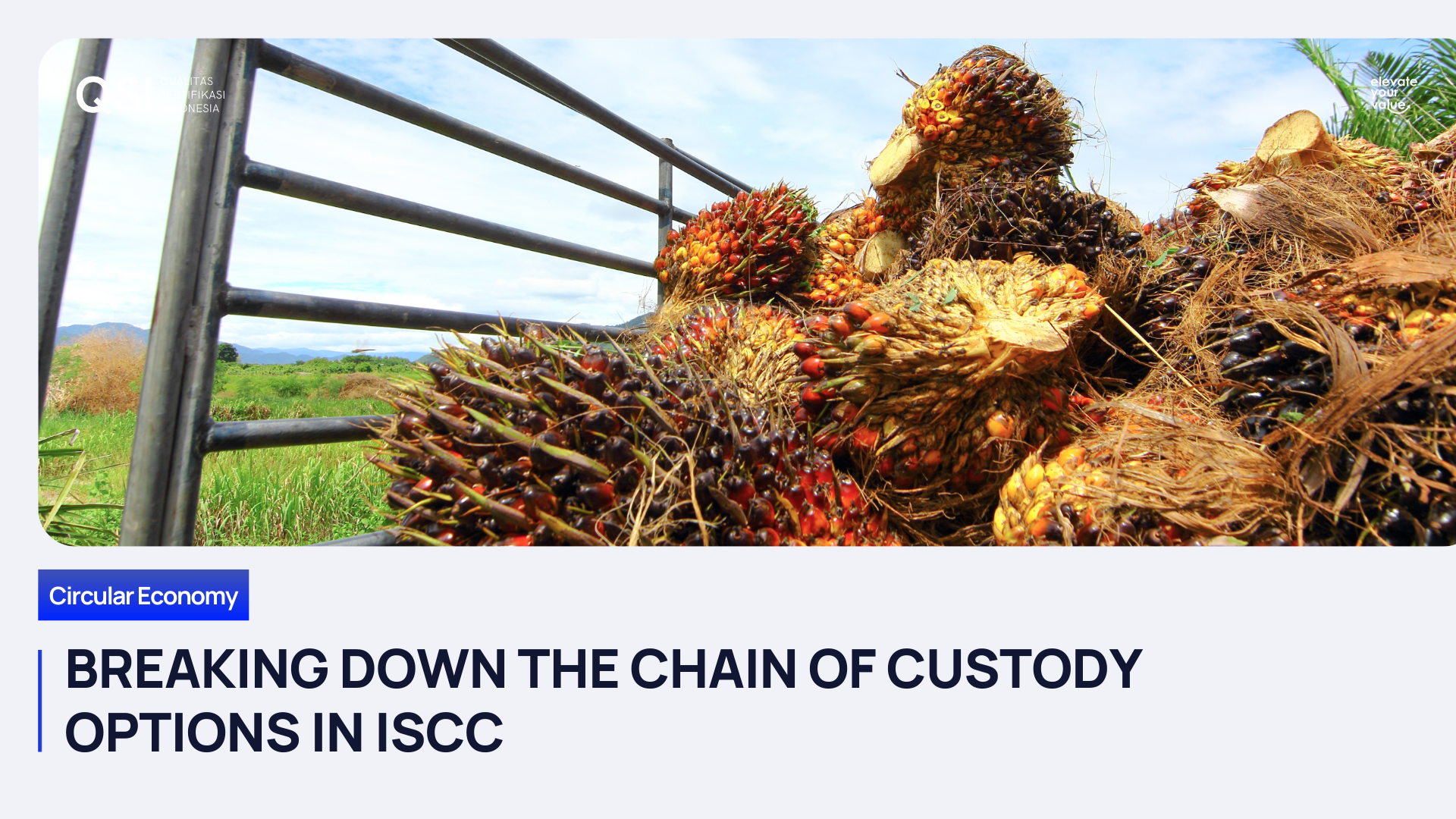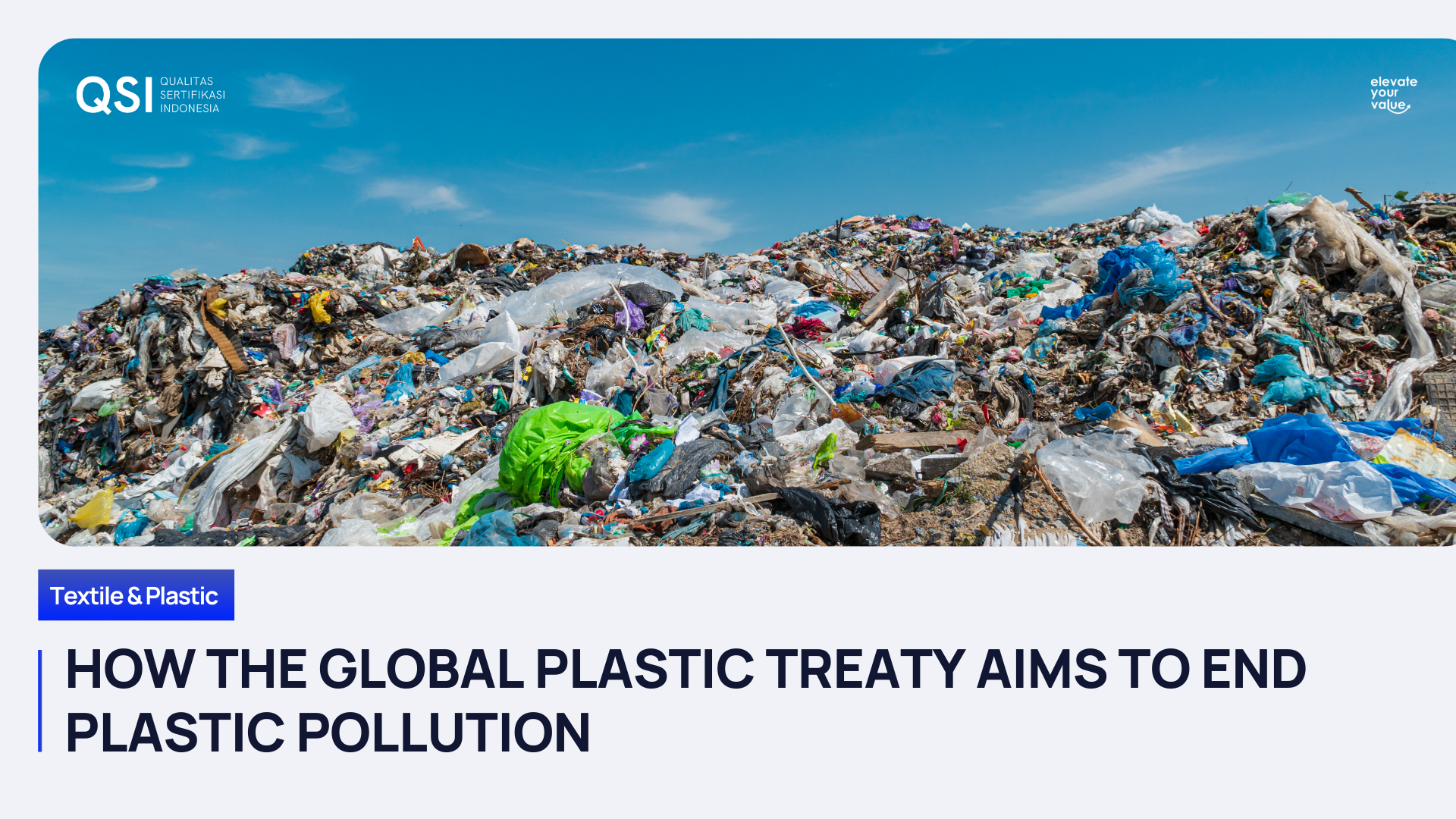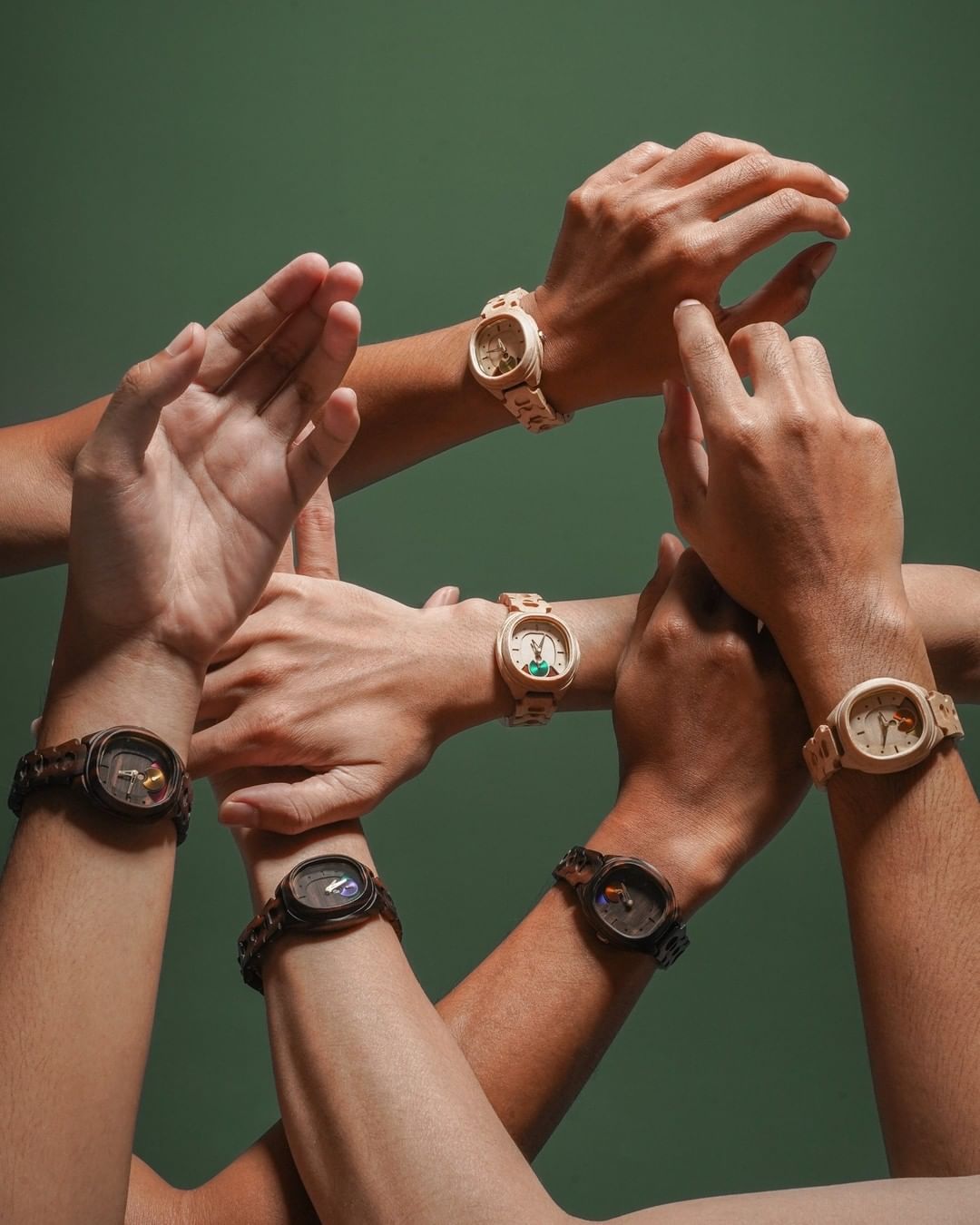Yuk, Kenalan Sama Brand Jam Tangan Kayu Lokal Kita
Jam tangan merupakan salah satu bagian fashion yang tidak lekang oleh waktu. Dengan perkembangan model dan bahan seiring waktu, alat penunjuk waktu ini bisa dikenakan tidak hanya untuk acara formal dengan kolega, tapi juga saat santai bersama teman. Nah, beberapa waktu terakhir, mulai muncul produk jam tangan kayu yang digandrungi oleh generasi Z. Nggak cuma itu, ternyata saat pelaksanaan KTT G20 di Bali salah satu cendera mata untuk para delegasi adalah jam tangan kayu produksi lokal, loh. Kece banget kan ya.
Di Indonesia memang lagi berkembang
nih produk satu ini. Mau tahu apa saja mereknya? Yuk kita baca sampai habis.
Pala Nusantara
Di atas tadi udah dibahas kan, kalau ada satu produk jam tangan kayu dari produsen lokal yang jadi salah satu cinderamata acara KTT G20 di Bali. Yak betul, produk dari Pala Nusantara terpilih untuk menemani para tamu asing itu selama di Indonesia. Menteri Pariwisata dan Ekonomi Kreatif (Menparekraf) Sandiaga Salahudin Uno menyebut merek ini dipilih karena setiap desainnya terinspirasi dari kisah Nusantara.
Sama seperti visi dan misi brand ini, nama Pala Nusantara diambil dari buah pala atau nutmeg yang zaman dulu sempat mendunia dan menjadikan Indonesia sebagai destinasi utama ekspedisi dunia. Nilai jual pala yang sangat tinggi membuat buah asal Maluku ini mendapat julukan sebagai buah emas.
Kalau di situsnya sih, mereka bilangnya brand ini berusaha membawa semangat yang sama, memperkenalkan kembali sejarah Pala ke platform lokal dan internasional. Produk mereka merupakan manifestasi dari sejarah Pala, guna mewujudkan identitas Nusantara yang berkualitas dan kuat. Harga jam tangan yang dijual beragam, mulai dari Rp 399.000 – Rp 2.399.000. Yang mau kepoin, boleh cek Instagram mereka di
@palanusantara.
Woodka
Merek Woodka disebut-sebut merupakan gabungan dari dua kata, yaitu ‘Wood’ dan ‘Karya’. Wood atau kayu menjadi gambaran bahan yang digunakan, sementara karya menunjukkan keinginan perusahaan untuk terus berusaha berkreasi dan menghasilkan sebuah karya. Di situs webnya, perusahaan ini menyebut ingin menggabungkan keindahan alam, etnik dan seni dalam gaya hidup sehari-hari. Mereka berusaha menggunakan kayu daur ulang sebagai media, sekaligus melestarikan keindahan budaya Indonesia melalui produknya.
Nah, keunggulan dari merek ini adalah tali strapnya yang bisa diganti-ganti, menyesuaikan mood atau kesukaan dari konsumennya. Jam tangan lokal ini juga disebut-sebut menggunakan bahan utama kayu maple, pinus dan jati untuk badan jamnya. Sementara, untuk bahan talinya beragam, mulai dari kulit, benang tenun dan kanvas, dengan beragam corak, motif dan warna. Cocok buat anak muda banget kan? Untuk harga yang ditawarkan mulai dari Rp 445.000 sampai Rp 950.000-an. Info lebih lanjut temen-temen bisa ke Instagram mereka ya
@woodka_.
Eboni Watch
Halo, disini ada yang asal Klaten, Jawa Tengah? Merek satu ini ternyata asalnya dari Klaten, yang berusaha menghasilkan produk yang modis dan mengikuti keseharian kebanyakan masyarakat Indonesia. Salah satunya, dengan klaim tahan air hingga 5 atm, jadi aman digunakan saat wudhu ataupun mencuci tangan.
Pemiliknya, Afidha Fajar Adhitya, menyebut asal muasal lahirnya merek ini dari rasa penasaran melihat punya temannya, yang saat dicoba terasa bulky dan kurang nyaman. Karena itu, ia pun berusaha membuat jam tangan kayu sendiri dengan ukuran lebih kecil dan nyaman dipakai, utamanya untuk para wanita.
Nama Eboni sendiri merujuk pada salah satu kayu asli Indonesia yang banyak tumbuh di Pulau Sulawesi. Eboni merupakan kayu yang kuat dan eksotik, sehingga diharap membawa aura yang kuat dan banyak dicari orang karena kualitasnya. Semula, produk ini memang menggunakan kayu eboni dan maple sebagai bahannya. Tapi karena semakin susah dicari dan terancam punah, ia menggantinya dengan kayu sonokeling atau rosewood. Produk ini bisa temen-temen dapatkan mulai dari Rp 399.000 hingga Rp 2.500.000, atau cek informasi lebih lengkap di Instagram mereka
@eboniwatch.
MATOA
Beralih ke Jawa Barat, merek Matoa ini asalnya dari Kota Bandung dan dibuat secara homemade. Keberadaan merek ini berasal dari 12 anak muda yang terinspirasi membawa sentuhan alami ke dalam industri fashion. Produk-produk jam tangan yang dihasilkan dibuat dengan membawa desain urbanisme modern.
Untuk bahannya, Matoa menggunakan kayu sonokeling, maple dan jati. Bahan kayu yang dijadikan sebagai bahan pembuatan produk ini merupakan kayu limbah industri, sehingga dengan membeli produk Matoa berarti terlibat langsung dalam mengurangi limbah dan melestarikan alam. Ada beberapa seri produknya yang terinspirasi dari beragam aspek kebudayaan Indonesia, seperti Jawa, Sunda, Alor, Sumba, Flores, Gili dan Way Kambas. Untuk membawa pulang produk ini, temen-temen harus merogoh
kocek dari Rp 950.000 sampai Rp 1.630.000. Informasi lebih lanjut, cek Instagram mereka
@matoa_id.
Lima Watch
Lima Watch merupakan salah satu produk jam tangan berkualitas dari Indonesia, yang bahannya dari kayu sementara talinya menggunakan bahan kulit. Model dari jam tangan ini lebih formal, jadi cocok untuk temen-temen yang punya agenda rapat atau meeting dengan kolega. Produk dari merek ini ternyata sudah masuk pasar luar negeri, seperti Singapura dan Hongkong.
Dari beberapa produk yang diusung oleh merek ini, ada dua jenis yang khas dan lebih lama dikenal, yaitu Lima PA:GI dan Lima SO:RE. Seri Lima PA:GI memiliki diameter 30 mm, sedangkan untuk Lima SO:RE diameternya lebih besar 10 mm. Produk-produk dari Lima Watch bisa teman-teman bawa pulang dengan harga mulai dari Rp 1.400.000. Untuk tahu lebih dalam tentang produk-produk dari Lima Watch, bisa kunjungi instagram mereka
@limawatch.
Kreasi atau produk dari bahan kayu memang nggak terbatas hanya di
furniture
saja ya teman-teman. Dan untuk memasarkannya ke luar negeri sebenarnya mudah, salah satunya dengan memenuhi syarat sertifikasi
SVLK. Apa itu SVLK dan bagaimana cara mendapatkannya?
Nggak usah ragu untuk
klik link ini ya. Ada kontak yang tersedia dan bisa dihubungi untuk informasi lebih lanjut!



General Inquiries
Phone
+62 21 2949 1946
Headquarter
The CEO Building, Level 12th
Jl. TB Simatupang No. 18C
Cilandak Barat, Cilandak
Jakarta Selatan, DKI Jakarta 12430
Indonesia
Operational
Menara Sun Life, 7th Floor
Jl. Dr. Ide Anak Agung Gde Agung Blok 6.3
Kuningan Timur, Setiabudi
Jakarta Selatan, DKI Jakarta 12950
Indonesia
Programs
Quick Links
Qualitas Sertifikasi Indonesia
PT Qualitas Sertifikasi Indonesia







